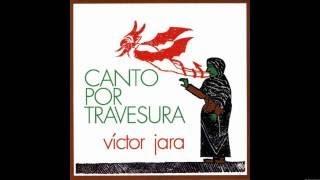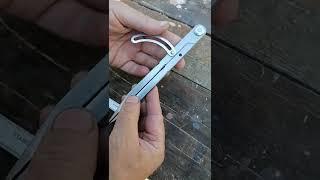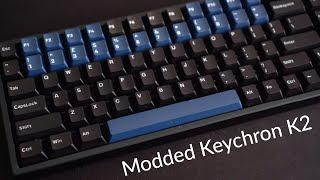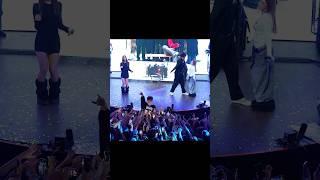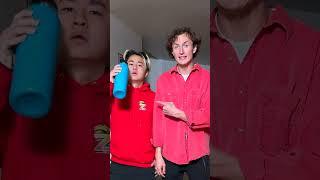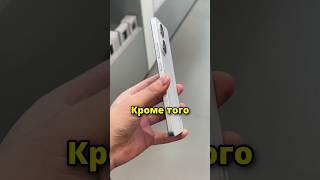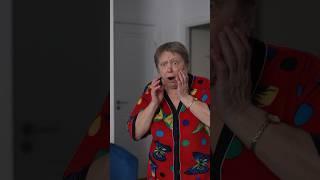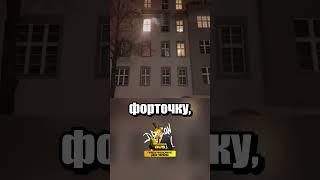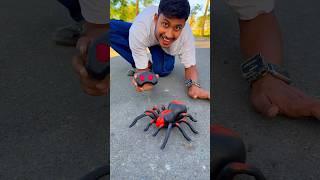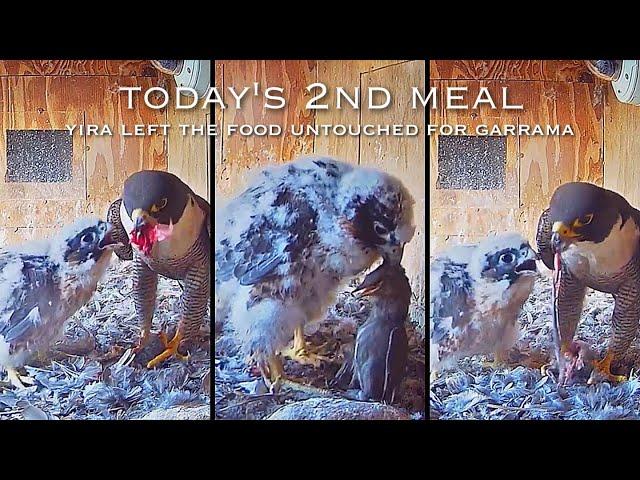
#210Falcon Nest /Box Camera - FalconCam Project LIVE
─ Respect to a great live show ─
Video courtesy of FalconCam Project
https://youtube.com/@FalconCamProject?si=wLU0cFMpNkGYwi-9
Box Camera - FalconCam Project LIVE
https://www.youtube.com/live/yv2RtoIMNzA?si=c2FV77FKEfDelIbW
Ledge Camera -FalconCam Project LIVE
https://www.youtube.com/live/YIXDnrSl9EE?si=ApsfYC8KpFffRISw
Nest camera - FalconCam Project LIVE
https://www.youtube.com/live/Xj1Y6ydRl1c?si=Ld8yG54K1nIOdWDa
Tower Cam - FalconCam Project LIVE
https://www.youtube.com/live/_GbhU8HT3c8?si=4k5uMattkZTiKE2m
This site is about a family of peregrine falcons using a nest box in a water tower at Charles Sturt Unversity, Orange, New South Wales, Australia.
The first research paper on observations at this site was published by me in the journal Corella. It is available on the website: https://falconcam.csu.edu.au/2023/10/21/8487/
DONATIONS FalconCam is funded through donations and these can be made via the CSU shop https://falcon.shop.csu.edu.au/
However, donations are currently not needed as we have sufficient funds. Thanks for your generosity
Links The blog and website can be accessed here: https://science-health.csu.edu.au/falconcam
History The birds have been observed using the tower (a working water tower) since 2007 and have been breeding in the boxes since 2008, averaging 2.8 eggs per clutch and 1.5 fledgings per season.
The parents' names are Diamond (female) and Xavier (male). Diamond replaced an older swift in 2015, and Xavier replaced Bula in 2016 (Bula replaced the first male, Beau, in 2015). Xavier arrived just as the eggs were hatching, feeding Diamond and the three chicks and saving the season. Assuming they were at least 2 years old when they arrived, Diamond is at least 11 years old and Xavier is 9 years old (2024).
Males are 15-20% smaller than females, have less breast spots, and have brighter yellowish-orange talons and beaks. The birds do not migrate, and courtship rituals and nest building continue throughout the year, becoming more active in July and August when the males bring food. Eggs are usually laid in late August, chicks hatch in early October, and fledge in mid-November. The young birds stay until March, learning how to hunt from their parents, and often visit tower nests, so there's plenty to see outside the main breeding season. One male juvenile stayed until August the following year, when its parents took a hint by blocking the entrance to the box.
More information on research? Contact Principal Investigator Cilla Kinross at [email protected].
#Falcon #halcón #elang #faucon
#baby #chick #BirdsofPrey #hayabusa #falco #polluelo #live
#ハヤブサ #はやぶさ #ライブ #隼 #雛 #猛禽類 #하야부사
Movie Playlist
https://youtube.com/playlist?list=PL_tHdW4znvEAb5HuFrx9_HPuyw7MoOx53&si=4HzKBGqr_T17-UhM
Video courtesy of FalconCam Project
https://youtube.com/@FalconCamProject?si=wLU0cFMpNkGYwi-9
Box Camera - FalconCam Project LIVE
https://www.youtube.com/live/yv2RtoIMNzA?si=c2FV77FKEfDelIbW
Ledge Camera -FalconCam Project LIVE
https://www.youtube.com/live/YIXDnrSl9EE?si=ApsfYC8KpFffRISw
Nest camera - FalconCam Project LIVE
https://www.youtube.com/live/Xj1Y6ydRl1c?si=Ld8yG54K1nIOdWDa
Tower Cam - FalconCam Project LIVE
https://www.youtube.com/live/_GbhU8HT3c8?si=4k5uMattkZTiKE2m
This site is about a family of peregrine falcons using a nest box in a water tower at Charles Sturt Unversity, Orange, New South Wales, Australia.
The first research paper on observations at this site was published by me in the journal Corella. It is available on the website: https://falconcam.csu.edu.au/2023/10/21/8487/
DONATIONS FalconCam is funded through donations and these can be made via the CSU shop https://falcon.shop.csu.edu.au/
However, donations are currently not needed as we have sufficient funds. Thanks for your generosity
Links The blog and website can be accessed here: https://science-health.csu.edu.au/falconcam
History The birds have been observed using the tower (a working water tower) since 2007 and have been breeding in the boxes since 2008, averaging 2.8 eggs per clutch and 1.5 fledgings per season.
The parents' names are Diamond (female) and Xavier (male). Diamond replaced an older swift in 2015, and Xavier replaced Bula in 2016 (Bula replaced the first male, Beau, in 2015). Xavier arrived just as the eggs were hatching, feeding Diamond and the three chicks and saving the season. Assuming they were at least 2 years old when they arrived, Diamond is at least 11 years old and Xavier is 9 years old (2024).
Males are 15-20% smaller than females, have less breast spots, and have brighter yellowish-orange talons and beaks. The birds do not migrate, and courtship rituals and nest building continue throughout the year, becoming more active in July and August when the males bring food. Eggs are usually laid in late August, chicks hatch in early October, and fledge in mid-November. The young birds stay until March, learning how to hunt from their parents, and often visit tower nests, so there's plenty to see outside the main breeding season. One male juvenile stayed until August the following year, when its parents took a hint by blocking the entrance to the box.
More information on research? Contact Principal Investigator Cilla Kinross at [email protected].
#Falcon #halcón #elang #faucon
#baby #chick #BirdsofPrey #hayabusa #falco #polluelo #live
#ハヤブサ #はやぶさ #ライブ #隼 #雛 #猛禽類 #하야부사
Movie Playlist
https://youtube.com/playlist?list=PL_tHdW4znvEAb5HuFrx9_HPuyw7MoOx53&si=4HzKBGqr_T17-UhM
Комментарии:
#210Falcon Nest /Box Camera - FalconCam Project LIVE
𝙱𝚒𝚛𝚍 𝙿𝚊𝚛𝚎𝚗𝚝𝚒𝚗𝚐
Разметочный циркуль с Алиэкспресс
Volandf Vol
The Complete Karl Pilkington on Animals (A compilation with Ricky Gervais & Steve Merchant)
The Complete Karl Pilkington
Hiking 60 miles Alone in Montana
Kraig Adams
1210. Фильм Арсения Гончукова (драма, остросоциальный)
Арсений Гончуков
Как быть если вы Дилетант?
ГАЗДАЛБАГАН
Guided sleep meditation for sleep when life is too hard with music healing comforting reassuring
Lauren Ostrowski Fenton
Cheb Khaled - Aicha (Dance Remix), (Algeria, Алжир)
Countries, Nature, Music and Films of Planet Earth
Modded Keychron K2 sound test
Jonhofun


